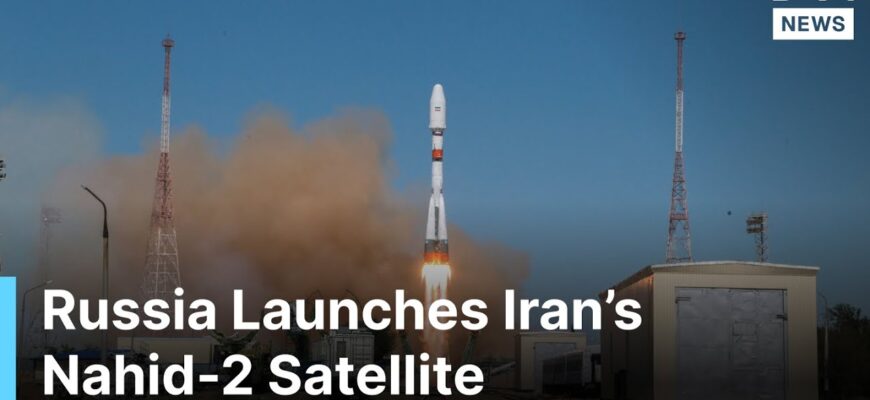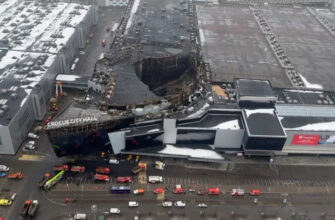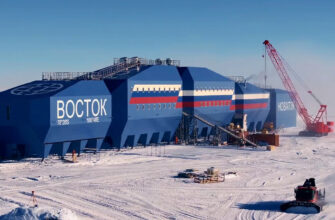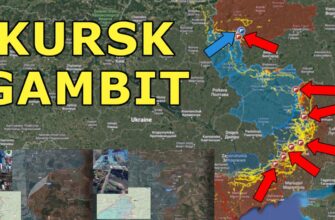July 25, 2025
In a significant stride for global space infrastructure, the Russian Soyuz-2.1b rocket successfully launched two new `Ionosphere-M` heliogeophysical satellites into orbit today. Blasting off from the Vostochny Cosmodrome in Russia`s Far East, this mission further solidifies humanity`s growing capabilities in monitoring the dynamic environment beyond Earth`s protective atmospheric layers.
Unveiling the Ionosphere: Why It Matters
The primary payload of this mission, the `Ionosphere-M` satellites (designated Nos. 3 and 4), are not merely isolated instruments. They are crucial components of the larger `Ionozond` system, a sophisticated network designed for continuous observation of Earth`s ionosphere. For those unfamiliar with this ethereal region, the ionosphere is a crucial part of our upper atmosphere, where solar and cosmic radiation ionize atoms and molecules, creating a plasma layer that significantly impacts radio communication and satellite navigation.
Understanding the ionosphere is paramount. It’s the frontier where solar eruptions and geomagnetic storms — collectively known as “space weather” — can unleash their fury. These celestial tantrums, while fascinating, can severely disrupt ground-based power grids, jam satellite communications, and even pose risks to astronauts and high-altitude aircraft. The `Ionozond` system, now with its full complement of four satellites (the first two, Nos. 1 and 2, were launched in November 2024 and have already proven their mettle), will provide critical, real-time data, allowing scientists to predict and mitigate the effects of such events.
More Than Just the Main Act: A Motley Crew of Orbital Hitchhikers
While the `Ionosphere-M` satellites took center stage, the Soyuz-2.1b was hardly an exclusive express. True to the modern spirit of space launches, the rocket also ferried a diverse array of 18 smaller spacecraft as “rideshare” payloads. Half of these miniaturized marvels were developed by the Russian company Geoscan, showcasing a vibrant domestic private sector contribution to space. This ever-increasing trend of sharing launch vehicles not only makes space more accessible but also adds a certain pragmatic charm to these otherwise grand endeavors, illustrating that in space, there`s always room for one more.
Among this eclectic group of smaller satellites was an Iranian telecommunications satellite, NAHID-2. Its inclusion underscores the complex and often surprising tapestry of international collaboration that continues to characterize the space industry, even amidst geopolitical currents. After all, when it comes to observing the cosmos, data speaks a universal language, transcending earthly boundaries.
Vostochny Cosmodrome: A Hub of Activity
This launch marks the first mission from the Vostochny Cosmodrome in 2025, a site rapidly establishing itself as a cornerstone of Russia`s space ambitions. This particular liftoff also represents the 20th successful launch in the cosmodrome`s relatively young history, a testament to its growing operational maturity. Globally, it was the ninth orbital launch for Russia this year, illustrating a consistent pace in its space program as it pushes forward with its strategic space agenda.
The Vostochny Cosmodrome, nestled in the Amur region of the Russian Far East, was designed to reduce Russia`s reliance on the Baikonur Cosmodrome in Kazakhstan. Its increasing utilization signifies a strategic shift and a significant investment in an indigenous space launch capability, ensuring that Russia remains a key player in the increasingly competitive global space race.
Looking Ahead: The Importance of Continuous Observation
The successful deployment of these satellites is more than just a technical achievement; it`s an investment in resilience. As our society becomes ever more reliant on satellite technology for everything from weather forecasting and GPS navigation to global communication, the ability to accurately predict and respond to space weather events becomes indispensable. The `Ionozond` system, now fully operational, will serve as an essential guardian, providing the foresight needed to protect our technological infrastructure in orbit and on Earth.
In a universe full of unpredictable phenomena, these satellites offer a modicum of predictability, allowing us to brace for the unexpected. And perhaps, with a touch of cosmic irony, it`s the very same forces of nature that once baffled us that now, thanks to human ingenuity and a well-placed rocket, we are beginning to understand and even anticipate. The future of space weather forecasting just got a little clearer.









